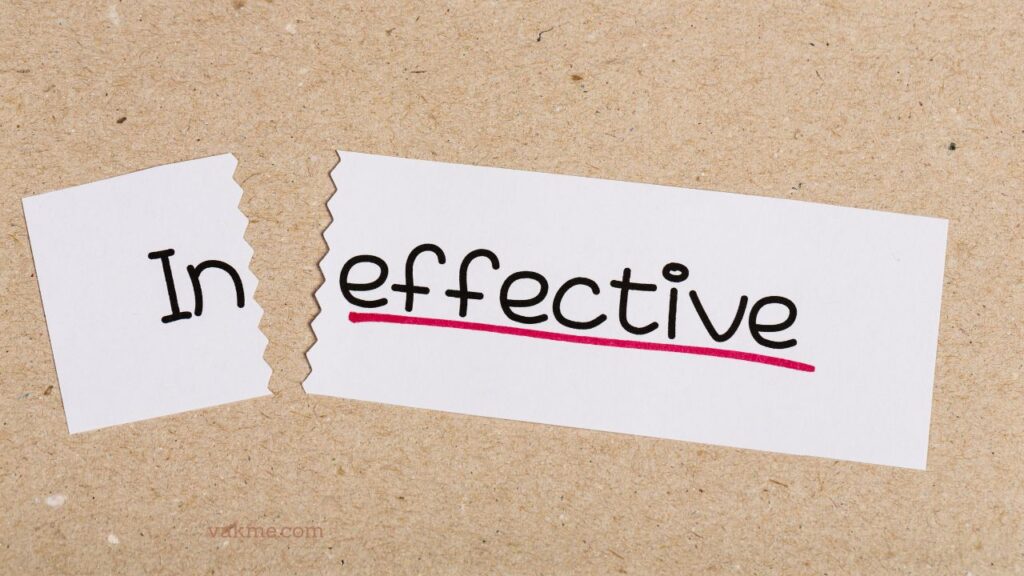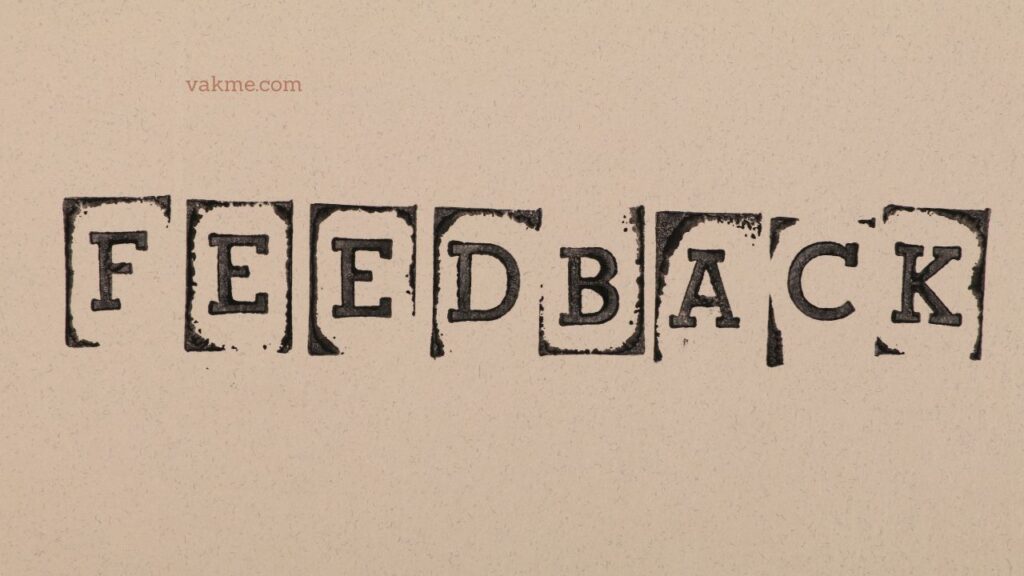Friction in the workplace can manifest in various subtle ways, hindering productivity, creativity, and overall job satisfaction. These hidden factors often go unnoticed but can have a significant impact on work performance and well-being. In this article, we’ll uncover 11 sneaky ways friction is making your work life harder and provide strategies to overcome them for a smoother and more fulfilling professional experience.
1. Unclear Expectations and Goals
Sneaky Friction: Ambiguity breeds confusion
Unclear expectations and goals can lead to confusion, wasted efforts, and frustration. Employees may struggle to prioritize tasks, make decisions, or measure their progress without clear direction from management.
Strategy: Establish clear expectations and SMART goals
Define clear and specific expectations for tasks, projects, and performance metrics. Use SMART goals (Specific, Measurable, Achievable, Relevant, Time-bound) to provide clarity and alignment with organizational objectives.

2. Ineffective Communication Channels
Sneaky Friction: Communication breakdowns lurk in the shadows
Inefficient or ineffective communication channels can lead to delays, misunderstandings, and missed opportunities. Poor communication can hinder collaboration, decision-making, and project coordination.
Strategy: Optimize communication channels and practices
Evaluate and streamline communication channels, such as email, meetings, instant messaging, and project management tools. Encourage open dialogue, active listening, and clear articulation of ideas and expectations.
3. Micromanagement Tendencies
Sneaky Friction: The suffocating grip of micromanagement
Micromanagement stifles autonomy, creativity, and morale. It creates a sense of distrust, reduces employee engagement, and hampers innovation and problem-solving capabilities.
Strategy: Foster trust and empower employees
Delegate tasks and responsibilities with clear guidelines and expectations, then trust employees to execute effectively. Provide support, feedback, and resources without micromanaging every detail.

4. Lack of Feedback and Recognition
Sneaky Friction: The silent void of feedback
Employees crave feedback and recognition for their efforts and contributions. A lack of feedback can lead to disengagement, uncertainty about performance, and a sense of undervalued work.
Strategy: Implement regular feedback and recognition practices
Establish a culture of feedback and recognition by providing constructive feedback, acknowledging achievements, and celebrating milestones. Encourage peer recognition and highlight contributions that align with organizational values.
5. Bureaucratic Red Tape
Sneaky Friction: The tangled web of bureaucracy
Excessive bureaucracy, complex processes, and rigid policies can slow down decision-making, innovation, and responsiveness. It creates barriers to efficiency and agility in navigating tasks and projects.
Strategy: Simplify processes and foster agility
Streamline workflows, eliminate unnecessary approvals or steps, and empower employees to make decisions within their scope of authority. Emphasize flexibility, adaptability, and continuous improvement.
6. Lack of Collaboration and Teamwork
Sneaky Friction: The isolation of silos
Siloed departments or teams hinder collaboration, knowledge sharing, and cross-functional synergy. It limits creativity, problem-solving, and the ability to leverage diverse perspectives.
Strategy: Encourage collaboration and cross-functional teams
Break down silos by promoting collaboration, cross-functional projects, and knowledge-sharing initiatives. Foster a collaborative culture that values teamwork, diversity of thought, and collective success.

7. Technology Roadblocks
Sneaky Friction: Technology hurdles in the digital age
Outdated or inefficient technology, software limitations, and inadequate training can impede productivity, communication, and workflow automation. It creates frustration and inefficiencies in daily tasks.
Strategy: Invest in modern technology and provide training
Invest in user-friendly, up-to-date technology and software solutions that streamline workflows, enhance collaboration, and improve efficiency. Provide comprehensive training and support to ensure employees can leverage technology effectively.
8. Workplace Politics and Conflict
Sneaky Friction: The hidden turmoil of workplace politics
Workplace politics, conflicts, and power struggles can create tension, stress, and distractions. It disrupts teamwork, morale, and focus on achieving organizational goals.
Strategy: Foster a culture of transparency and conflict resolution
Encourage open communication, transparency, and constructive conflict resolution practices. Provide training on conflict management, emotional intelligence, and interpersonal skills to promote a positive work environment.

9. Overload of Meetings
Sneaky Friction: Drowning in a sea of meetings
Excessive meetings, lengthy agendas, and lack of purpose or outcomes can waste time, reduce productivity, and hinder focused work. It leads to burnout, disengagement, and decision-making fatigue.
Strategy: Optimize meeting practices and prioritize purposeful meetings
Evaluate the necessity and frequency of meetings, prioritize topics, set clear agendas and objectives, and ensure active participation and contribution from all attendees. Consider alternative communication methods for non-essential updates.
10. Poor Work-Life Balance
Sneaky Friction: The blurred boundaries of work and life
Overwork, unrealistic expectations, and lack of boundaries can lead to burnout, stress, and decreased job satisfaction. It affects mental well-being, productivity, and overall work-life balance.
Strategy: Promote work-life balance and well-being initiatives
Encourage boundaries between work and personal time, flexible work arrangements, and initiatives that promote physical and mental well-being. Provide resources, support, and policies that prioritize employee health and balance.
11. Resistance to Change
Sneaky Friction: The fear of change’s shadow
Resistance to change, complacency, and reluctance to innovate can hinder growth, adaptation, and competitiveness. It creates stagnation and limits opportunities for improvement and evolution.
Strategy: Embrace change and foster a culture of continuous improvement
Promote a growth mindset, openness to new ideas, and proactive approaches to change. Encourage innovation, experimentation, and learning from failures as opportunities for growth and progress.
Conclusion:
Identifying and addressing sneaky friction factors in the workplace is crucial for fostering a positive, productive, and fulfilling work environment. By recognizing and strategizing to overcome ambiguity, communication barriers, micromanagement tendencies, and other hidden friction points, organizations can unlock their full potential and empower employees to thrive. Implement these 11 strategies to break free from stealthy friction and create a smoother, more efficient work life for all.a











